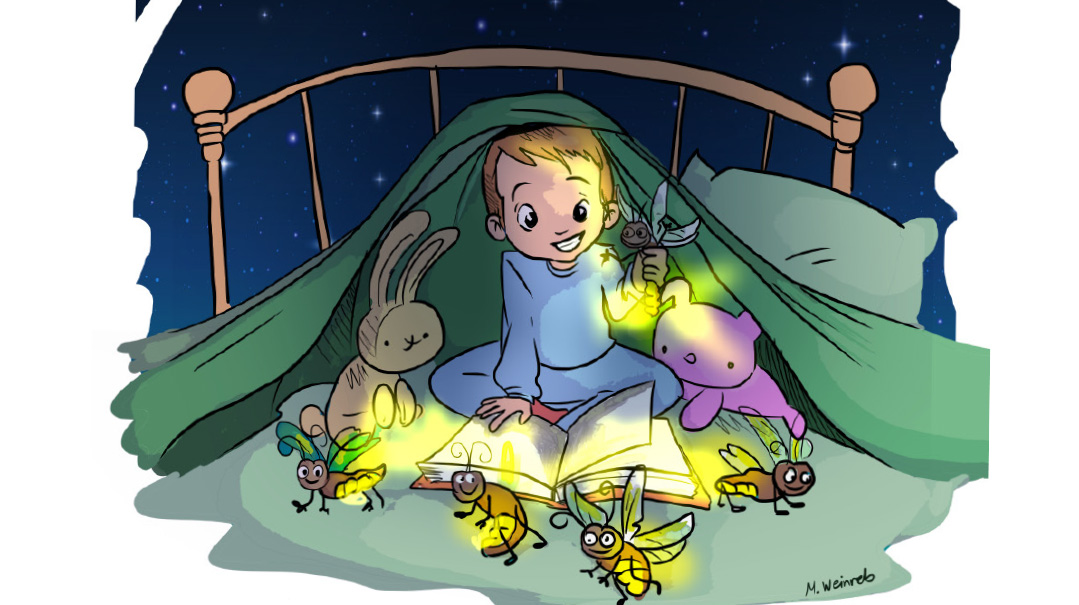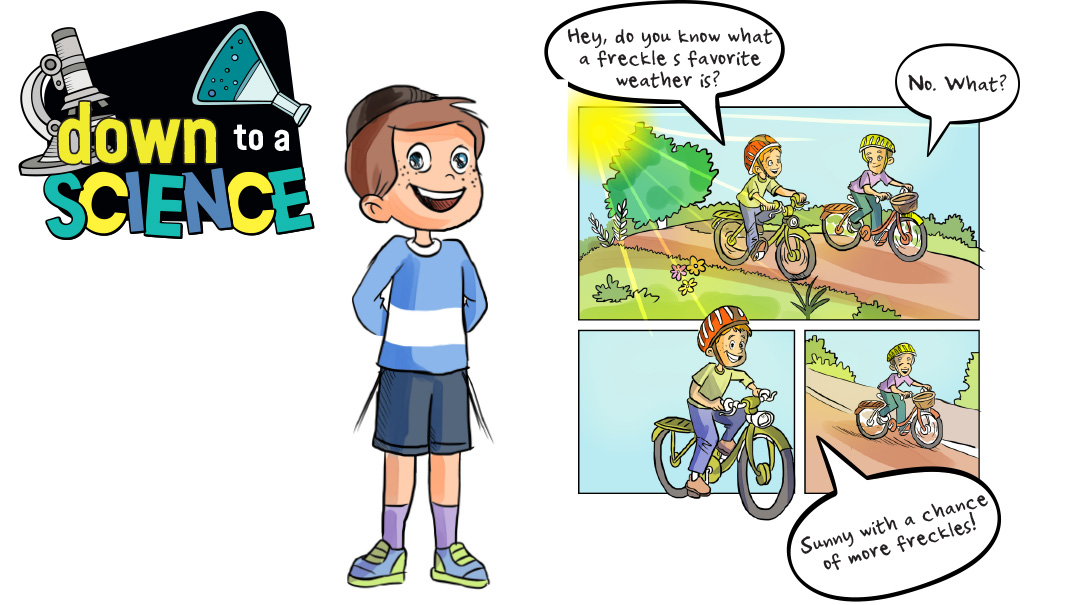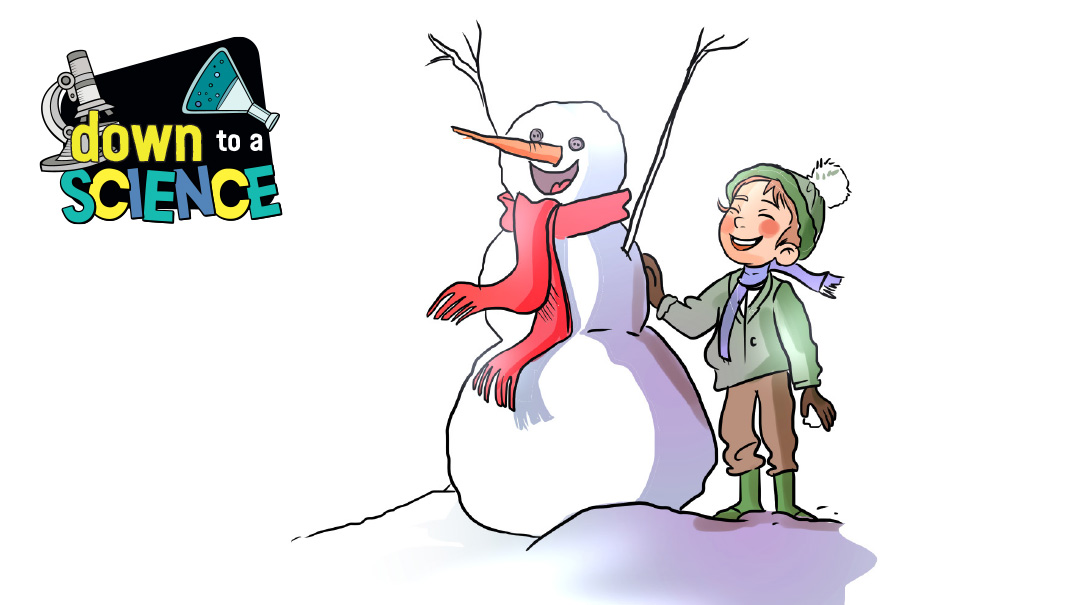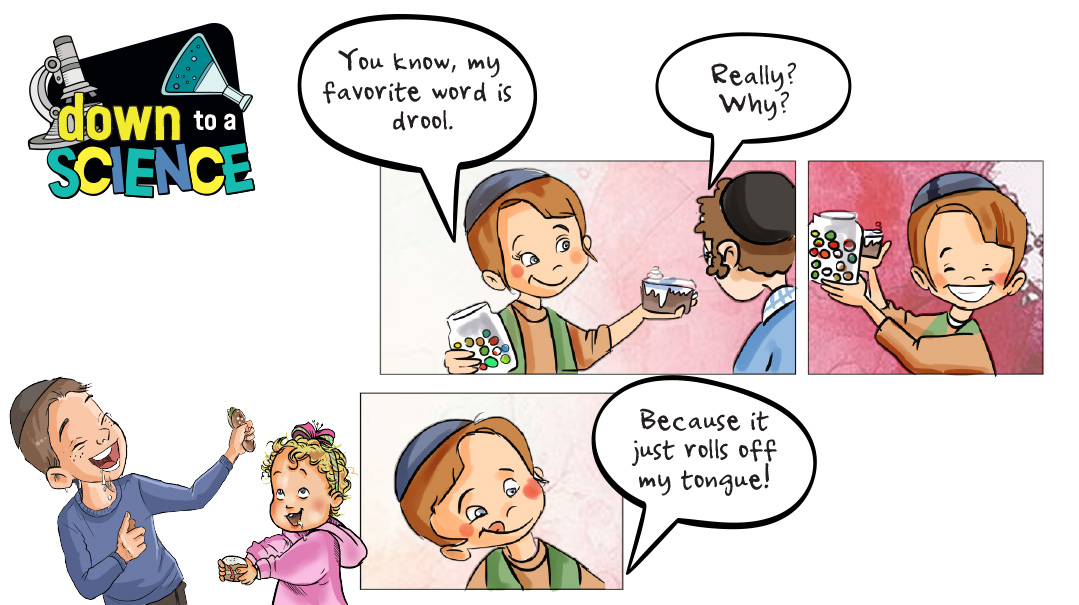Down to a Science

So why exactly do knuckles crack? And why do people seem to like cracking them?
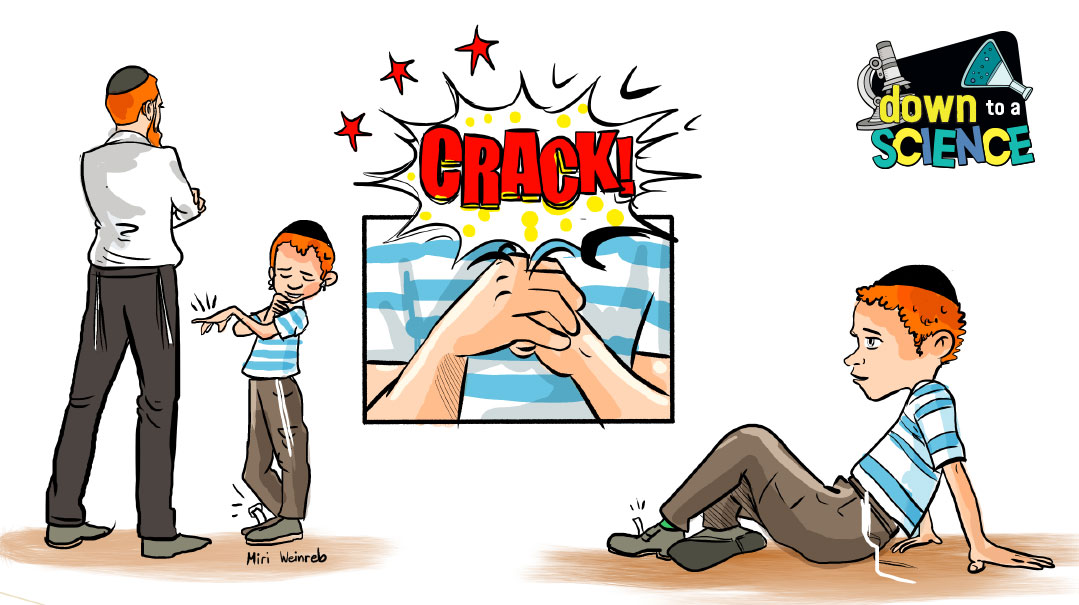
Hello kiddos,
This is Professor Mordy Maven, Thinker, Wonderer, and Figure-Outer of all things Science-ish. What that basically means is I try really hard to figure stuff out. I do the hard work so you don’t have to!
I was sitting at home in my living room today when I heard the most maddening sound. It was a pop, pop, popping sound, but it wasn’t popcorn or tennis balls hitting the table. It was a crackling sound, but it wasn’t soda bubbles or a log in the fireplace. It sounded like a suction cup being pulled off a window again and again and again. It sounded… annoying.
What is that noise? I wondered, and got up to investigate because that’s what I do. And there in a corner of the living room was my little sister Mimi Maven. She was pulling at her pinky… at her ring finger… at her thumb. And each time she pulled, another pop was heard. You guessed it, kids, Mimi Maven was cracking her knuckles.
But that led me to wonder, why was I hearing that cracking noise? I’ve pulled on Mimi’s ear dozens of times and it doesn’t make a sound. I’ve pulled on her hair without hearing anything (well, except for, “Ow! Stop pulling my hair,” or, “I’m telling Mommy!” but that doesn’t count), I’ve pulled my own chin, my nose, my elbow… and none of them have made a sound.
So why exactly do knuckles crack? And why do people seem to like cracking them?
Well, kids, it’s really all about bubbles. Let me explain.
The knuckles of your fingers are really joints between two bones. That’s what helps them bend. When you pull on your finger, you stretch the joints of that finger. The joints are called synovial joints and they are surrounded by a capsule filled with fluid, called synovial fluid (duh!). Synovial fluid is made up of a lot of dissolved gases, mostly nitrogen. When you pull or bend your finger, you increase the space between your joints and stretch the capsule. This causes a small bubble of nitrogen to form and then pop. The sound you hear is the bubble popping. It’s kind of like blowing up a balloon and then stretching the sides of the balloon outward until eventually… it pops! The process of stretching joints is called cavitation. (You probably thought that’s what it’s called when you get a cavity while you’re on vacation but you’re wrong. It’s got nothing to do with that.)
Oops! We could not locate your form.

